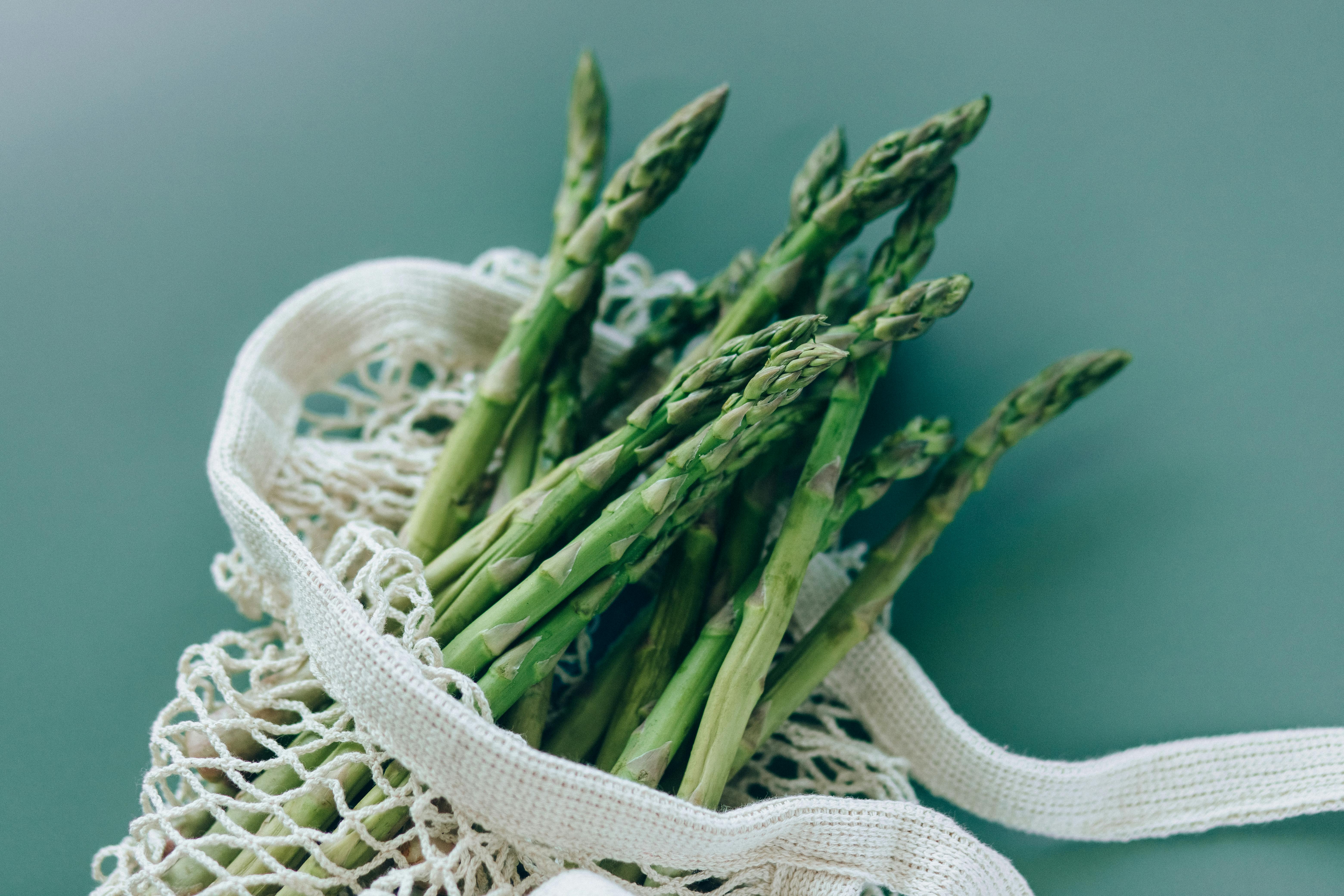Researching the lifestyles of royalty and merchants at Christmas is a piece of cake. There are many images on the Internet because the artists were hired by the nobility to commemorate their good fortune in oil paintings and prints. Holidays were not so visually festive for the poor, and few painters found their drab surroundings artistically stimulating.
If authenticity is your thing, the following brief guide can help you in your decoration decisions.
the lower orders
In colonial times, the poor used to live in a multipurpose room, with the fireplace being the center of their lives. It was the kitchen and the work room most hours of the day. The table can be boards on trestles or a piece of wood with swivel legs and drop leaves. When not in use, it was stored against a wall. The room became a sleeping space as rolled bedding was spread out on the floor. How close to the chimney depended on the season and how far north they lived.
Christmas decorations were limited to one or two evergreen branches on the mantelpiece, wrapped with a strip of glittery fabric or ribbon for color. A candle representing the Star of Light can be lit for a short period. The gifts were made by loving hands at home and may include clothing, tools, and a trinket or two.
The Christmas party depended on how bountiful the harvest was and the amount of game in the forest. Only in a good year would the portable table become a “groaning table,” sagging under the weight of Christmas dinner. At best, this could include a round loaf of bread, potatoes, sweet potatoes, squash, peas, carrots, corn, onions, poultry, cakes, pies, cookies, brandies, wine, beer, and coffee. This is a great place for a novice miniaturist to learn how to use polymer clay. However, a “finished” look is not desirable with a home style.
the wealthy
The houses of the wealthy were large enough to have rooms dedicated to a single purpose: a kitchen, pantry, dining room, bedroom; each would have a fireplace and a mantel full of Christmas decorations. Garlands of boxwood or conifers intertwined with magnolia leaves and boughs of white pine were popular. Clues to future ornamentation were fresh lemons and oranges, brought by merchant ships from the West Indian colonies.
The Christmas feast would be spread out on a table handcrafted by a local cabinetmaker or imported from the Continent. The table setting could be pewter, red ware (glazed clay pottery), or possibly blue and white bone china.
Food might have dishes that the lower class enjoyed, but they differed greatly in variety and quantity.
Again, try making these items yourself. If your first 1/12 scale crafting attempt, “3 Greased Pheasants and a Pye Swan” fails, scrap it and try again. Fimo and Sculpy are cheap, costing about $2.50 for a 2-ounce block. Polymer clay lasts forever, if stored in plastic wrap or a Ziploc bag.
The wealthy had store-bought gifts, such as puzzles, roller skates, harmonicas, or a paint box of colored beads. Like the poor, the rich had good and bad years. Their economic well-being depended on ships surviving North Atlantic storms or hunters catching enough beaver pelts.
One thing not to put on a colonial miniature is a decorated Christmas tree, even though its “invention” is credited to Martin Luther two centuries earlier. He had taken a walk on a clear December night in a forest and felt closer to God as he saw the twinkling stars above the snow-laden bow. Arriving home, he placed a small conifer on a table and decorated it with candles to inspire the children.
The Christmas tree did not come to the United States until the early 19th century.



